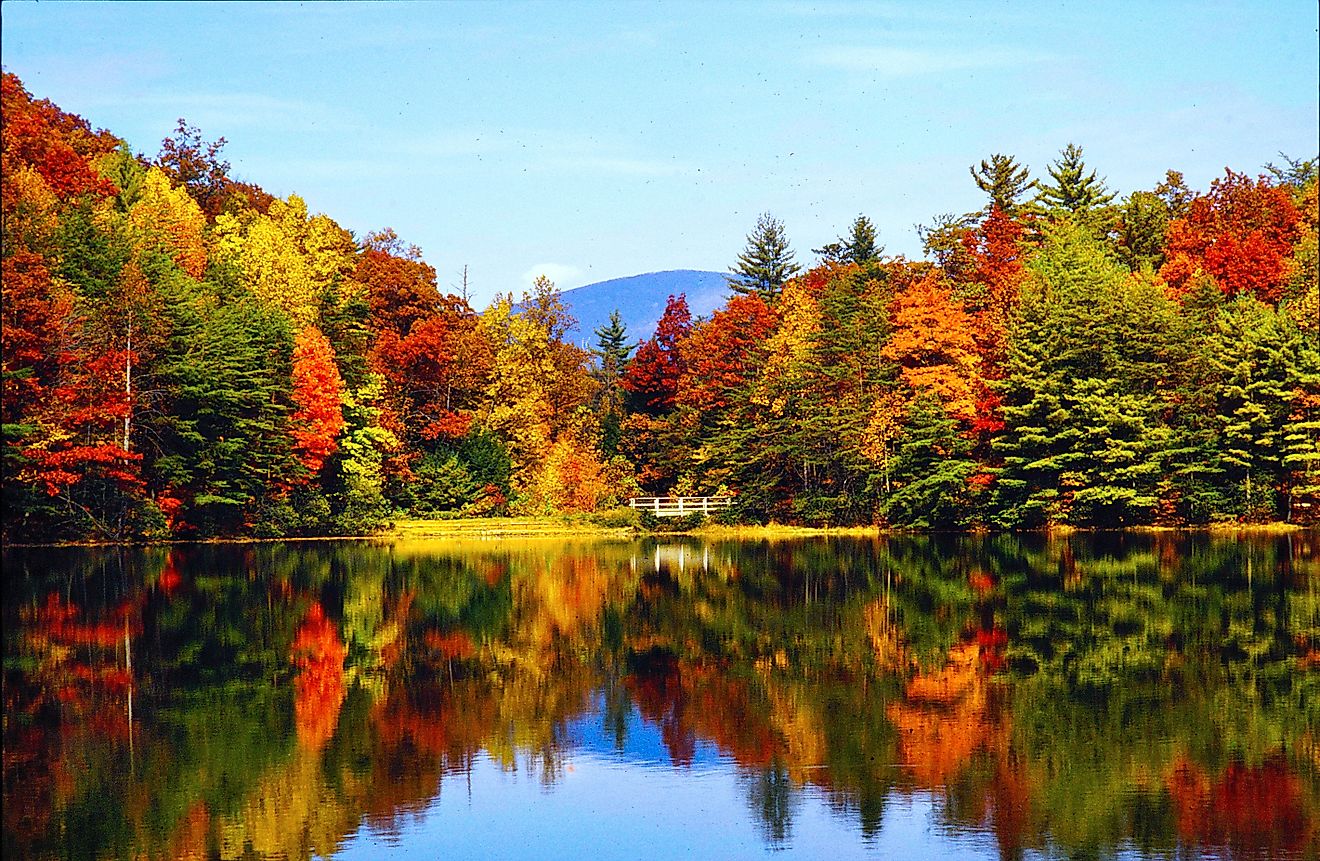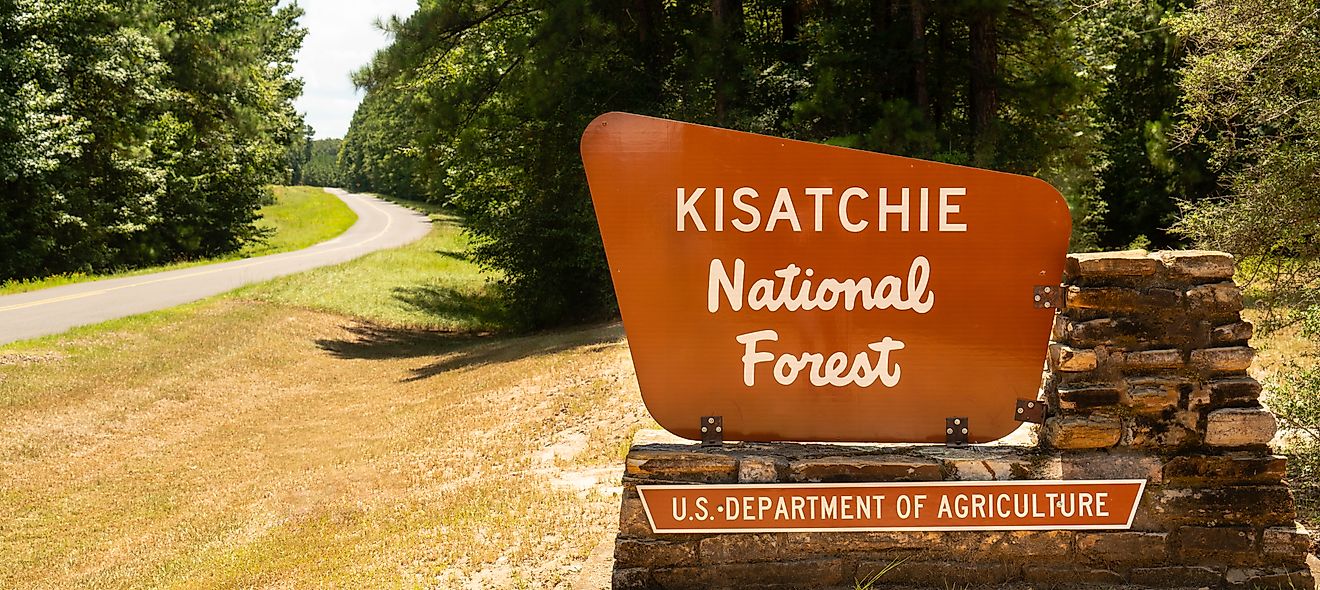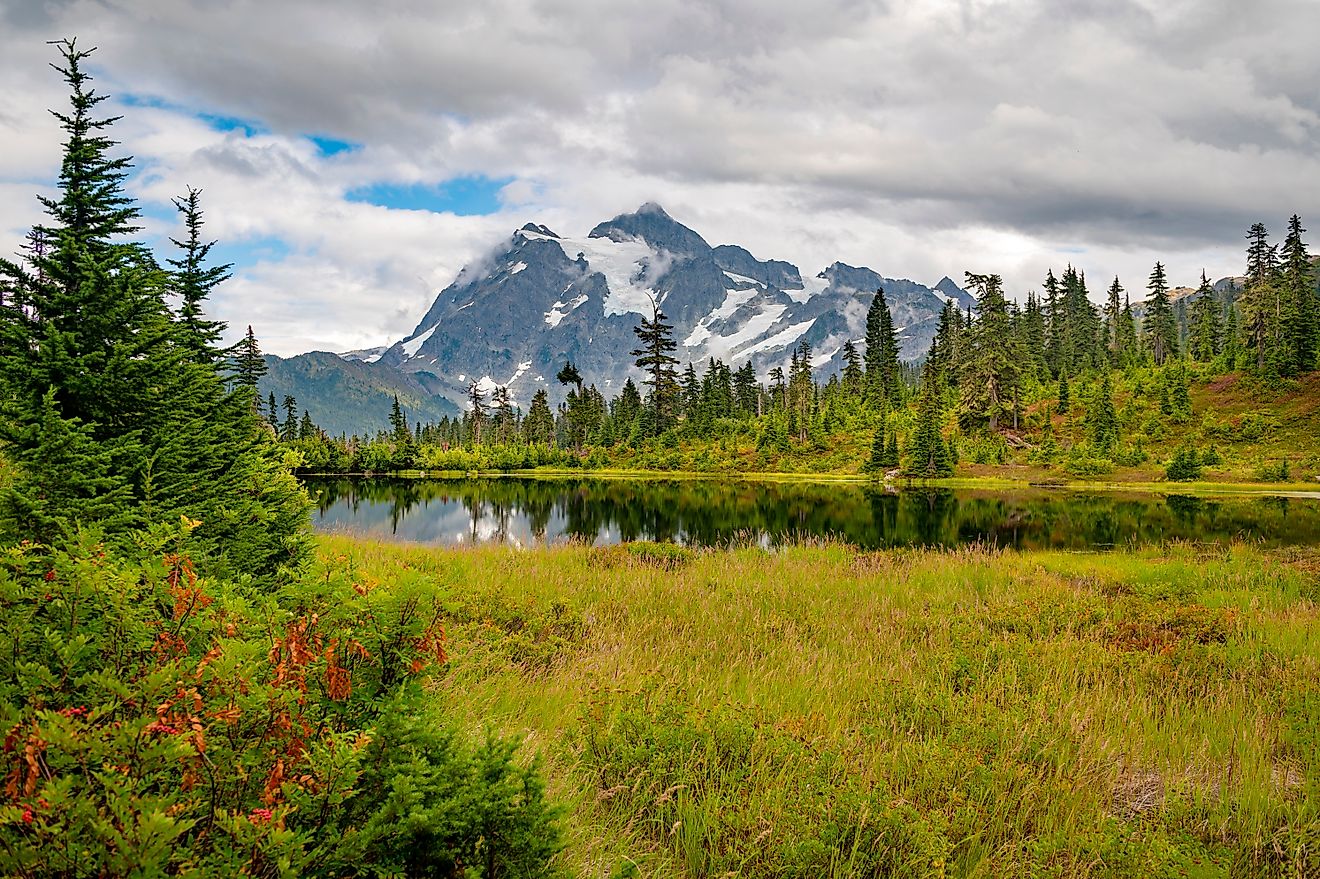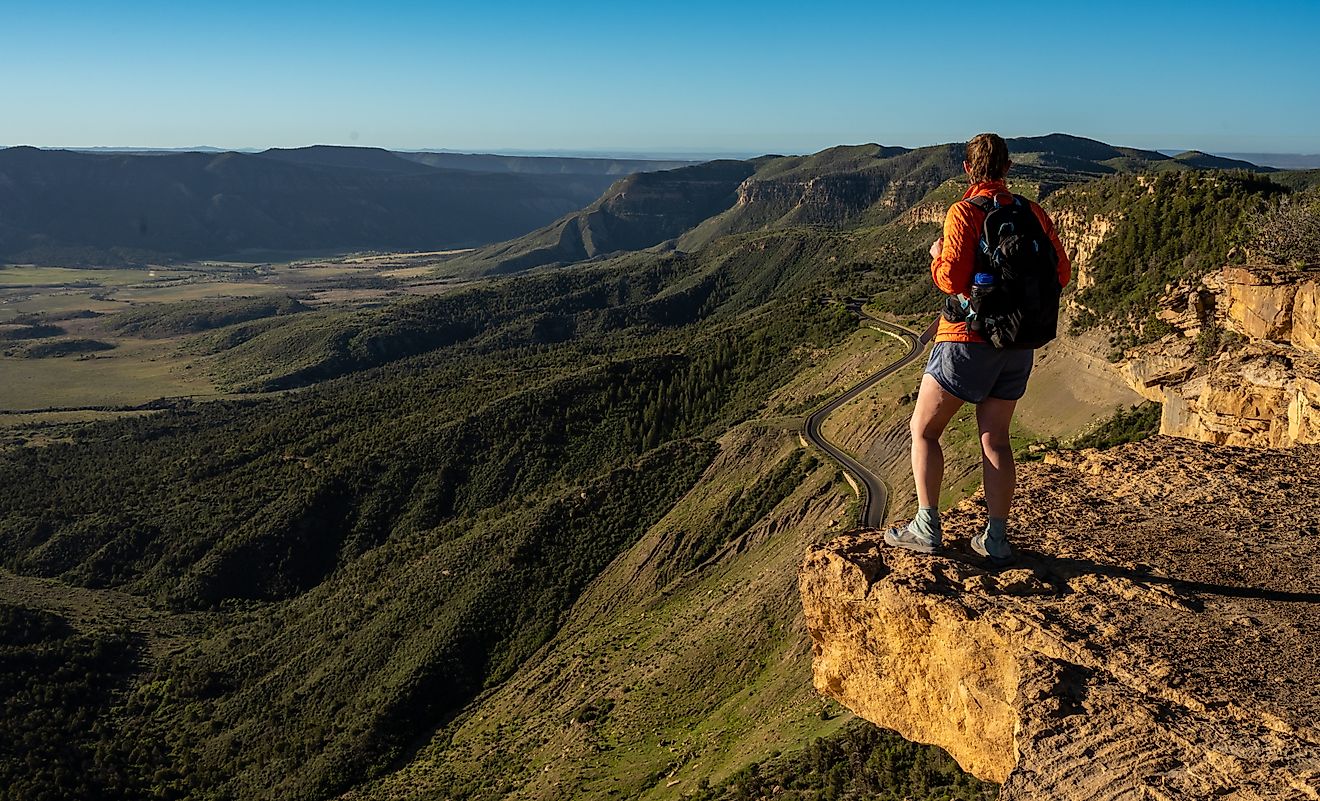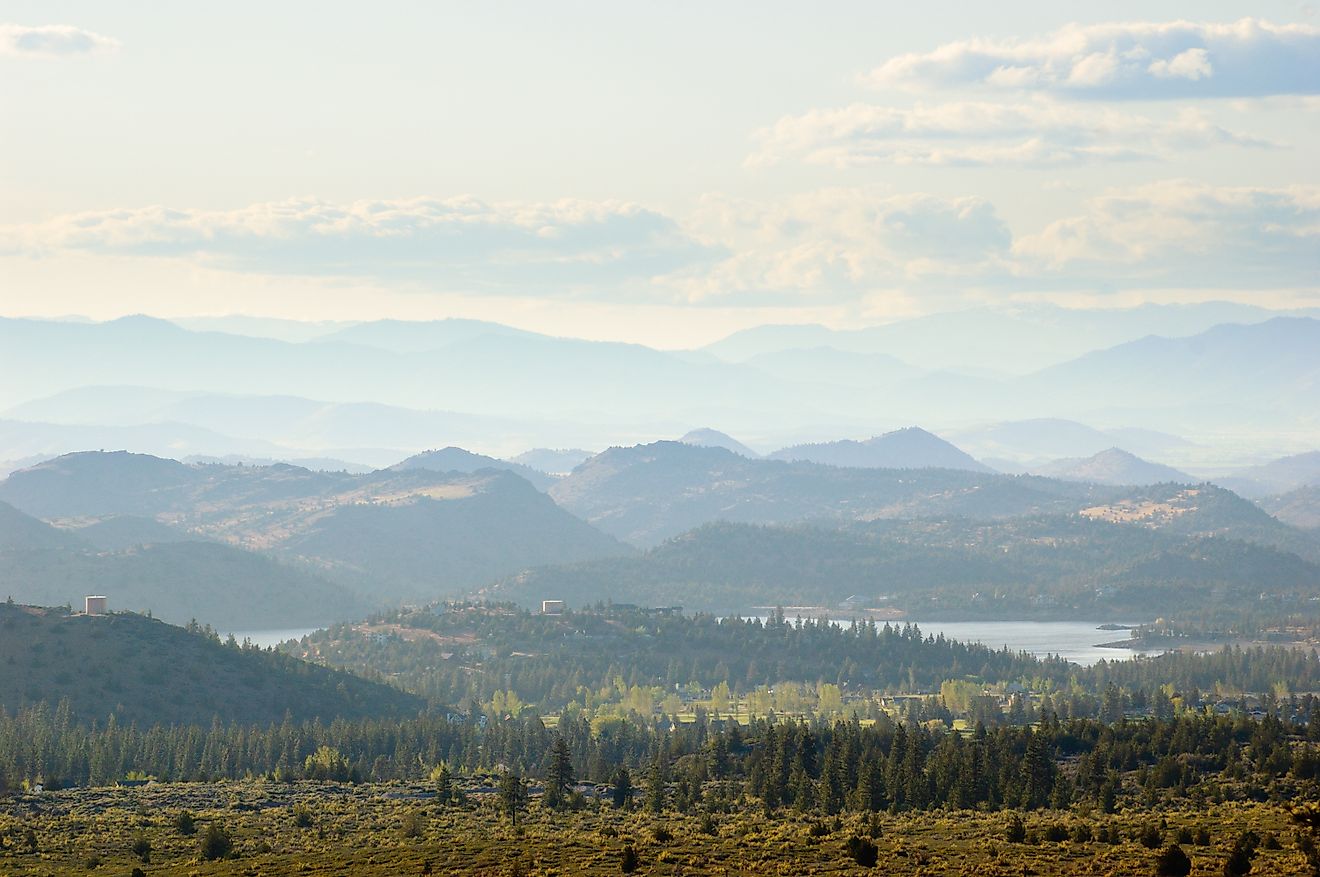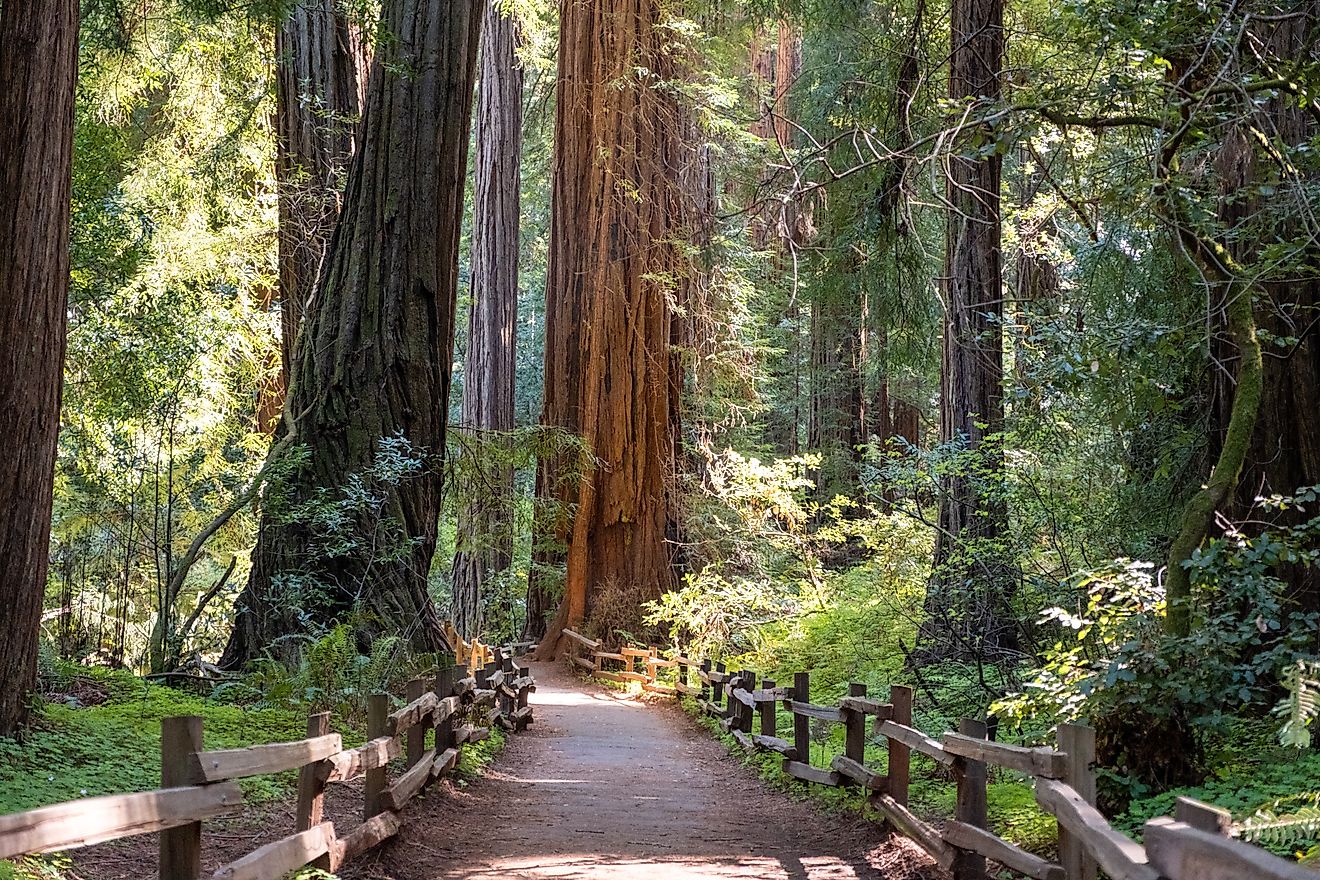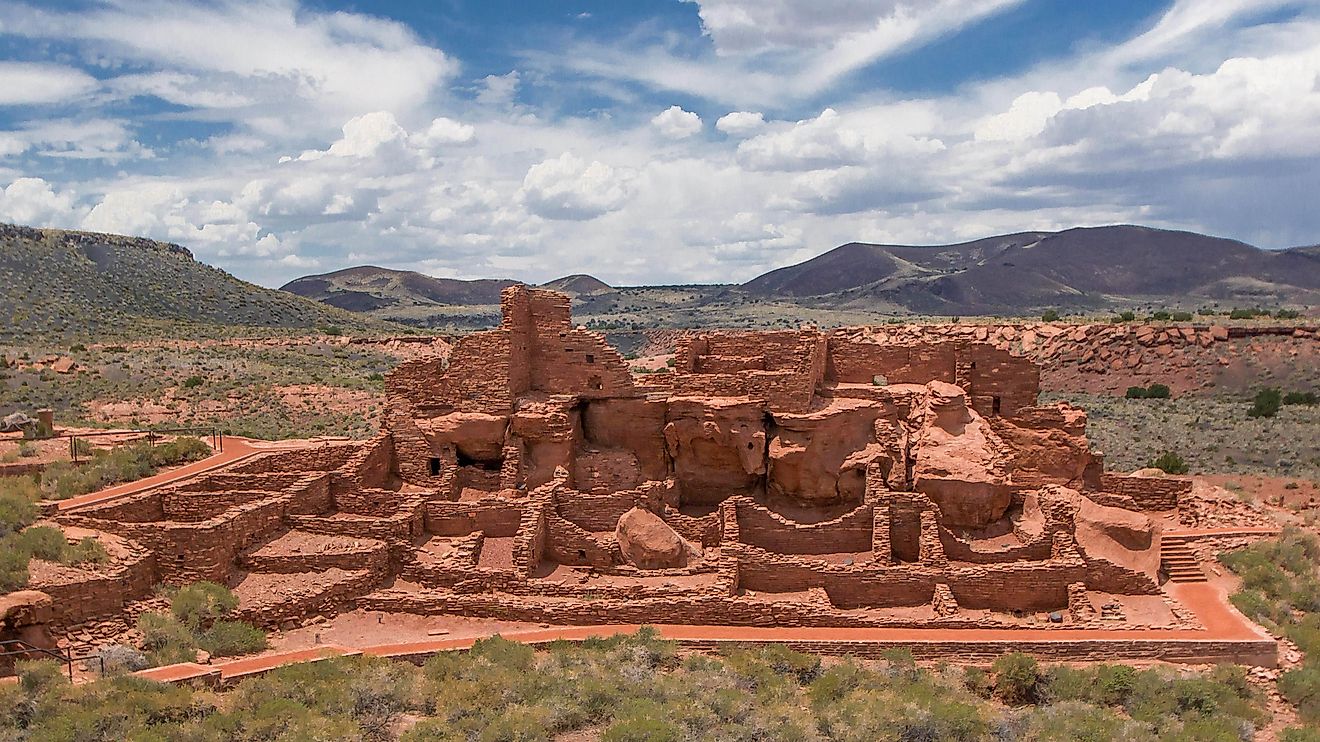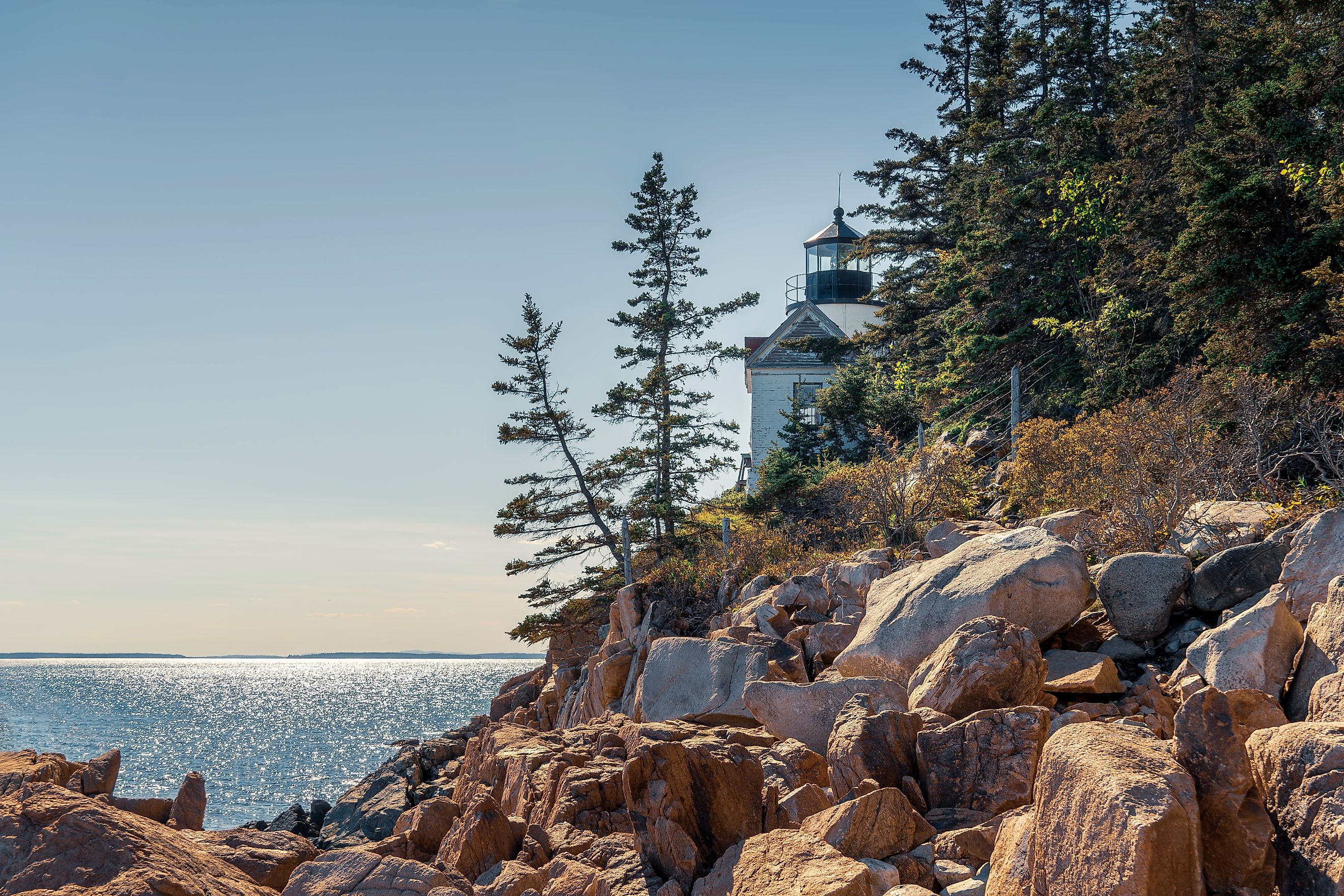
Acadia National Park
Acadia National Park is a coastal treasure unlike any other in the United States. Perched on the rocky shoreline of Maine, Acadia combines the drama of Atlantic surf with thick forests, granite mountaintops, and sweeping vistas. It is one of the most visited national parks in the country, and with good reason. This 47,000-acre park, established in 1916, offers a blend of coastal wilderness, rich biodiversity, and centuries of cultural history.
From Cadillac Mountain, the tallest point on the US Atlantic coast, to the historic carriage roads built by John D. Rockefeller Jr., Acadia is a landscape built for exploration. Whether you arrive to hike, bike, paddle, or simply breathe in the sea air, the park offers experiences both invigorating and serene.
Where Is Acadia National Park?
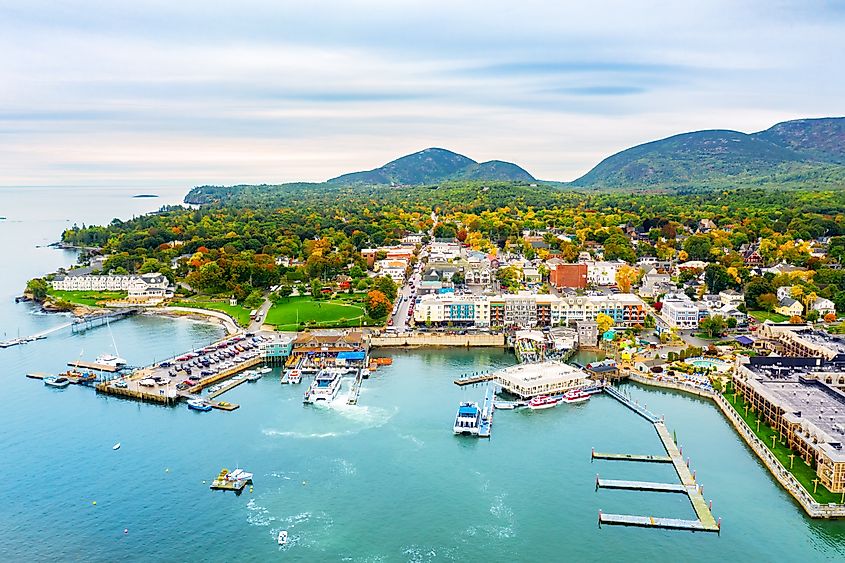
Acadia National Park lies primarily on Mount Desert Island, the largest island off the coast of Maine. The park also includes portions of the Schoodic Peninsula and Isle au Haut. The gateway town of Bar Harbor provides convenient access, lodging, dining, and ferry services to other park areas.
Mount Desert Island is roughly 160 miles northeast of Portland and about 280 miles from Boston. US Route 1 and Maine Route 3 are the primary roadways leading into the area.
Cadillac Mountain: The First Light in the Continental US
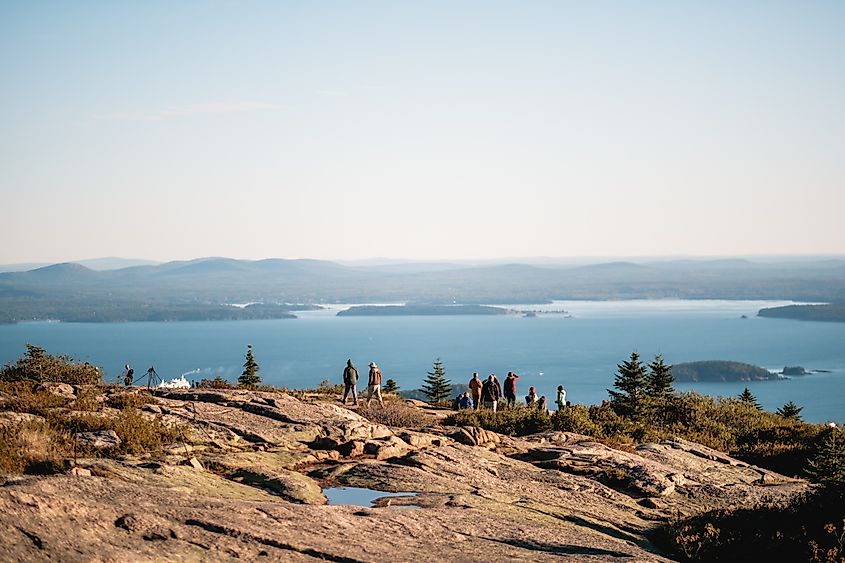
Standing at 1,530 feet, Cadillac Mountain is not just Acadia’s highest point. From early October through early March, it is also the first place in the United States where the sunrise can be seen. Visitors can hike up the North Ridge Trail for a challenging ascent or drive the 3.5-mile scenic road to the summit.
The view from the top encompasses Frenchman Bay, the Porcupine Islands, and even Nova Scotia on the clearest days. Sunrise from the summit is one of the park’s most popular experiences, but it requires an early arrival and a vehicle reservation from May through mid-October.
The Park’s Origins: Conservation Meets Coastal Heritage
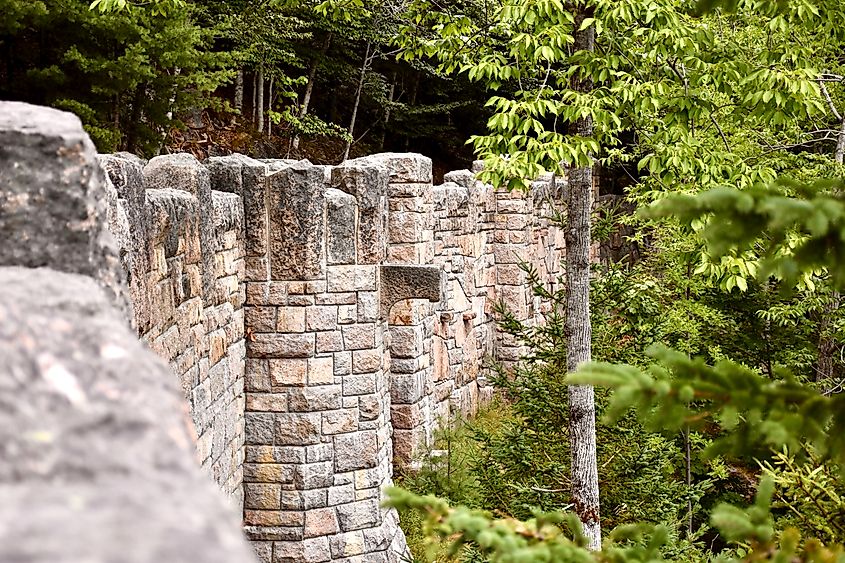
Acadia is the first national park east of the Mississippi River and the only one in the northeastern United States. Originally known as Sieur de Monts National Monument, the park began with donations of land from private citizens who wanted to protect the area's natural beauty. Its name changed to Lafayette National Park in 1919 and later became Acadia in 1929.
Much of what we see today is the result of contributions from philanthropists such as George B. Dorr, Charles W. Eliot, and John D. Rockefeller Jr., who funded the construction of the park’s unique system of carriage roads.
Carriage Roads and Stone Bridges: Rockefeller’s Legacy
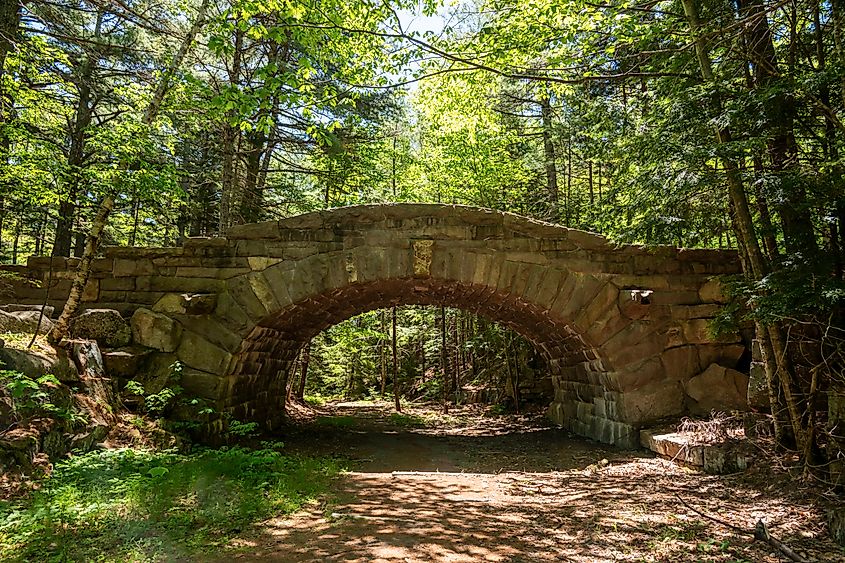
Spanning 45 miles, Acadia’s carriage roads were designed between 1913 and 1940 to accommodate horse-drawn carriages. These wide, crushed stone roads wind through forests and over stone bridges, offering car-free paths for walkers, cyclists, and horseback riders. Each bridge is unique, built with local granite and designed to blend with the surrounding landscape.
Visitors can access the carriage roads at multiple points throughout the park. Bike rentals and guided tours are available in Bar Harbor.
Scenic Drives: Park Loop Road and Ocean Views
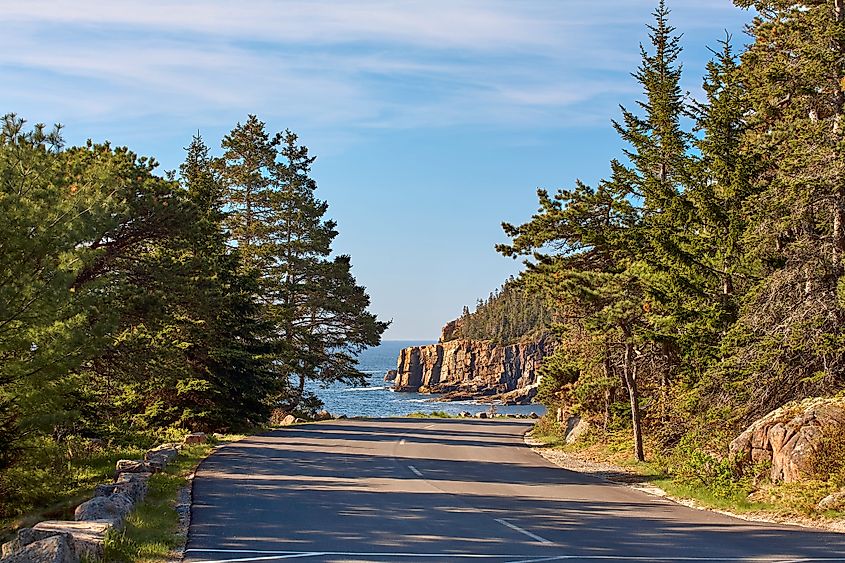
The 27-mile Park Loop Road is the most popular way to experience Acadia by car. The route circles much of the east side of Mount Desert Island, passing key attractions such as Sand Beach, Thunder Hole, Otter Cliffs, and Jordan Pond. Most of the road is one-way, and it can get congested in summer, so early morning visits are recommended.
Jordan Pond is a central stop along the drive, featuring a pristine glacial lake with views of the twin peaks known as the Bubbles. The nearby Jordan Pond House is a historic dining spot, known for its signature popovers and tea service dating back to the 1890s.
Hiking in Acadia: From Easy Walks to Vertical Climbs
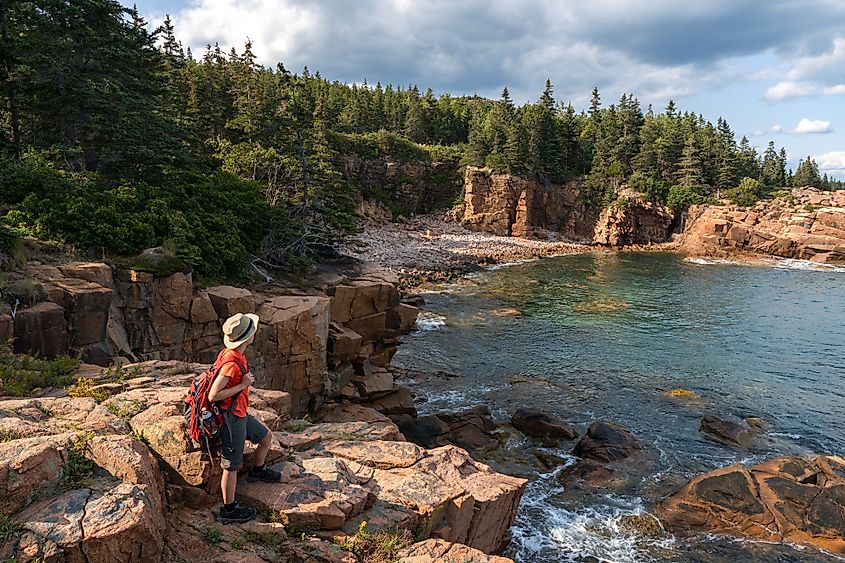
With over 150 miles of hiking trails, Acadia offers routes for every skill level. Trails range from gentle forest walks to adrenaline-pumping cliff climbs equipped with iron rungs.
Popular Trails Include:
-
Ocean Path: A 4.4-mile out-and-back trail from Sand Beach to Otter Point. The walk hugs the coast and is ideal for photography and wildlife watching.
-
Beehive Trail: A 1.4-mile loop with iron rungs and exposed ledges. This steep climb rewards hikers with panoramic views of Sand Beach and Great Head.
-
Jordan Pond Path: A level 3.4-mile loop around Jordan Pond’s shoreline. Suitable for families and casual hikers.
-
Precipice Trail: Perhaps Acadia’s most challenging hike. This 1.6-mile round-trip ascends 1,000 feet using ladders and rock scrambles. It is not recommended for those with a fear of heights or small children.
Wildlife and Natural Ecosystems

Acadia contains a wide range of ecosystems, from alpine summits to salt marshes. Moose, white-tailed deer, beavers, red foxes, and snowshoe hares roam the land. Birdwatchers can spot peregrine falcons, bald eagles, ospreys, and dozens of migratory species.
The intertidal zone along the coast teems with marine life. At low tide, tidepools reveal starfish, anemones, crabs, and sea urchins. Rangers often offer tidepooling programs in summer to educate visitors about these fragile habitats.
Schoodic Peninsula: A Quieter Side of Acadia
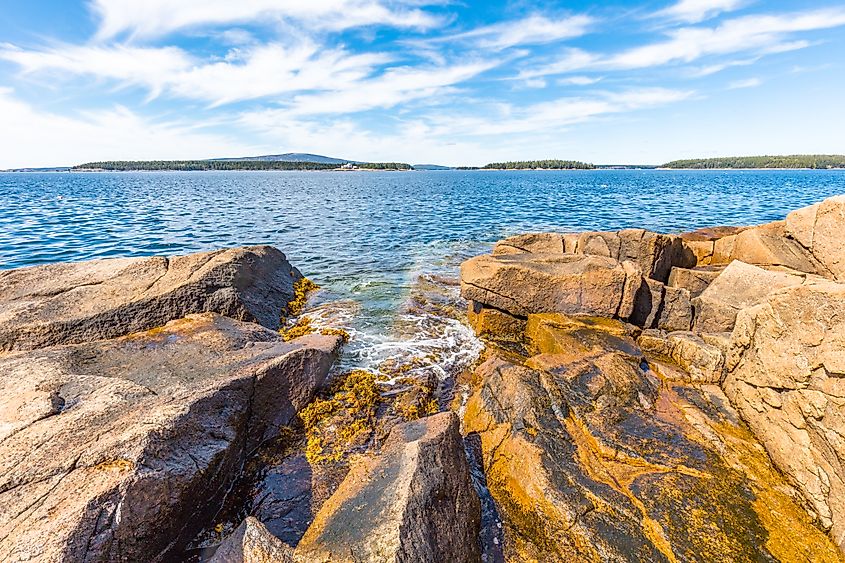
Located on the mainland about an hour's drive from Bar Harbor, the Schoodic Peninsula offers a less crowded Acadia experience. Here, waves crash against jagged granite cliffs, and spruce-fir forests stretch inland. The 6-mile Schoodic Loop Road offers dramatic views of Mount Desert Island across Frenchman Bay.
Schoodic Head Trail provides a moderate 2.5-mile loop with forest and ocean views. Unlike the main island, visitors here will find fewer crowds and more opportunities for solitude.
Isle au Haut: Remote and Rewarding
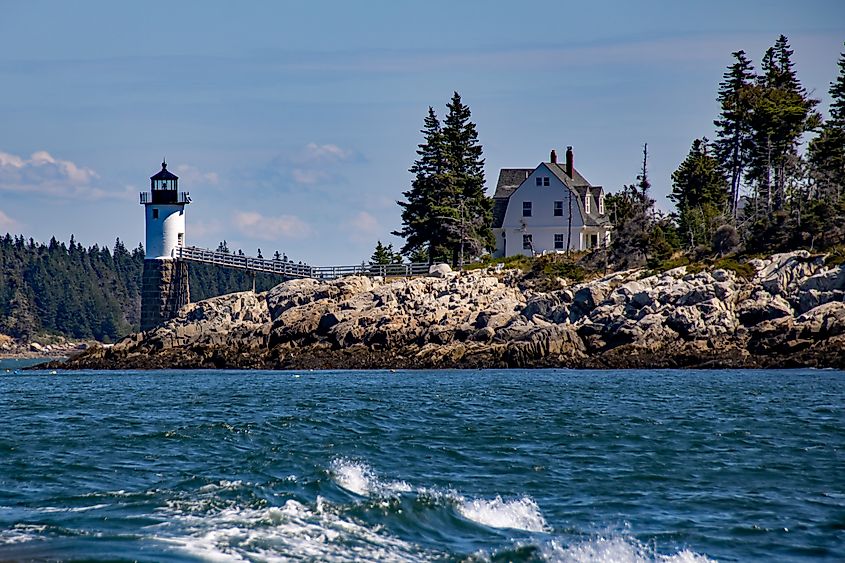
Isle au Haut, accessible only by passenger ferry from Stonington, offers a rugged, off-the-grid park experience. Part of the island is managed by the park, with 18 miles of trails and five remote campsites. This area appeals to experienced hikers and backpackers seeking quiet wilderness.
Camping and Lodging
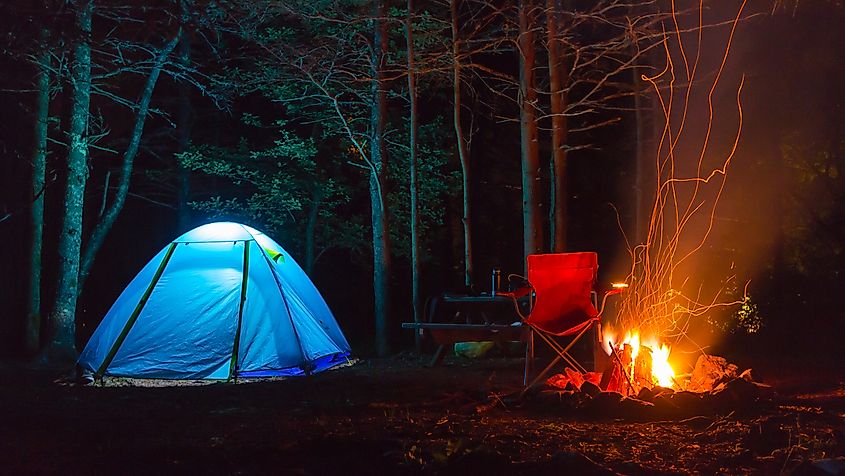
Acadia offers two main campgrounds: Blackwoods (near Bar Harbor) and Seawall (on the quieter west side of Mount Desert Island). Both require reservations during peak season. Schoodic Woods Campground provides additional sites on the peninsula.
Backcountry camping is not permitted within most of the park boundaries, and there are no RV hookups at park campgrounds. However, nearby private campgrounds and accommodations in Bar Harbor and Southwest Harbor offer a variety of options, from rustic cabins to full-service resorts.
Seasonal Activities
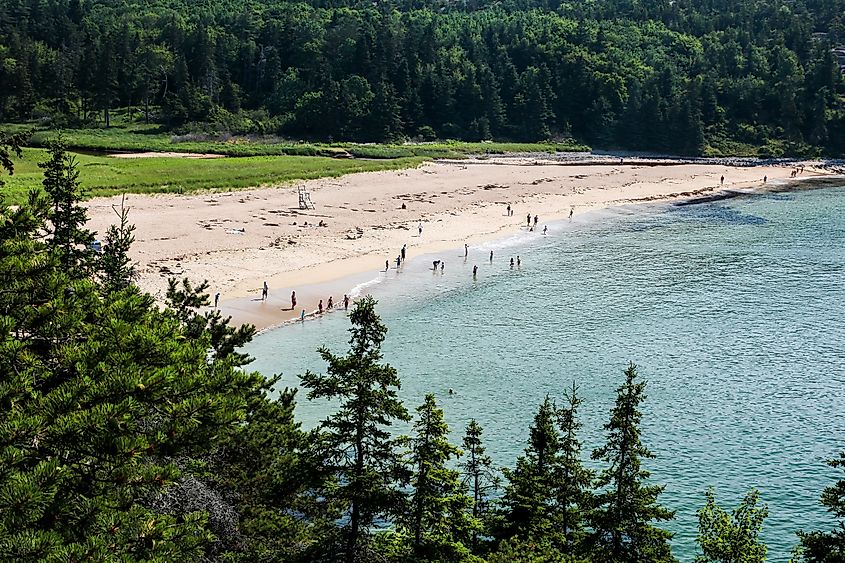
Spring and Summer
Warm months bring hiking, boating, and swimming. The park’s lakes are typically too cold for extended swims, but Sand Beach offers a scenic ocean dip for the brave. Wildflowers bloom in spring, while summer brings ranger-led programs, kayaking tours, and bike rentals.
Fall
Acadia is one of the best places in the country to see fall foliage. By early October, the park’s hardwood forests ignite in reds, oranges, and golds. Cooler weather makes for ideal hiking conditions.
Winter
Though many roads close in winter, cross-country skiing and snowshoeing are permitted on the carriage roads. Snowmobiles are allowed on designated routes. Winter visits offer a quieter park experience and stunning coastal snow scenes, though services and lodging options are limited.
Getting Around: Island Explorer Shuttle
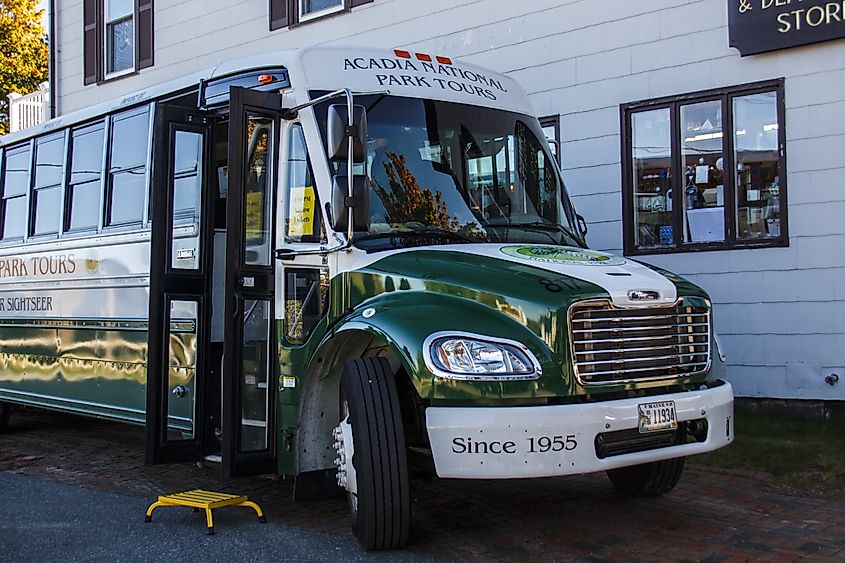
During peak season, the free Island Explorer Shuttle helps reduce traffic and connects key park sites, including campgrounds, trailheads, and Bar Harbor. The shuttle is bike-friendly and supported by local partnerships aimed at preserving the park’s natural character.
Permits, Fees, and Visitor Centers
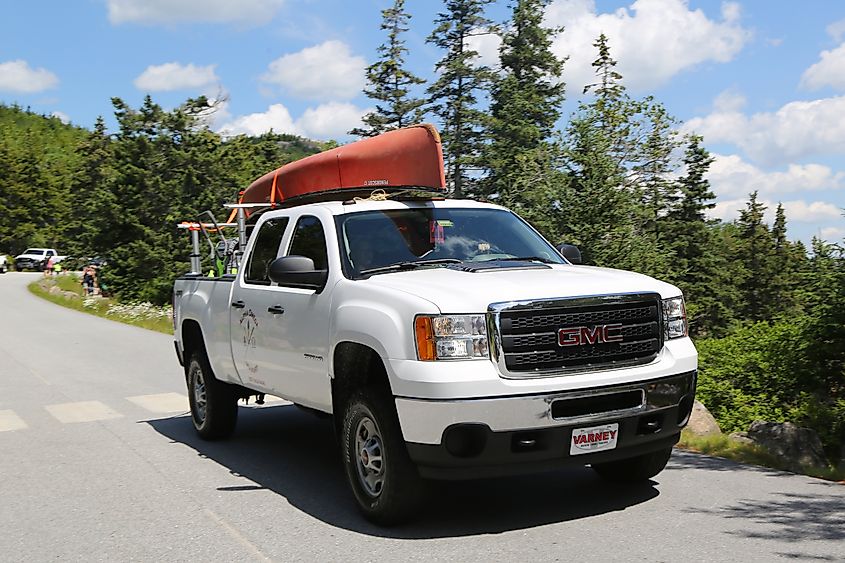
A standard vehicle pass for Acadia is $35 and valid for seven days. Entrance passes can be purchased online or at park entrances. Reservations are required to drive up Cadillac Mountain during peak season, and popular campgrounds fill months in advance.
The park has several visitor centers including:
-
Hull’s Cove Visitor Center (main hub near Bar Harbor)
-
Thompson Island Information Center (entry point on Route 3)
-
Sieur de Monts Nature Center (focused on ecology and conservation)
